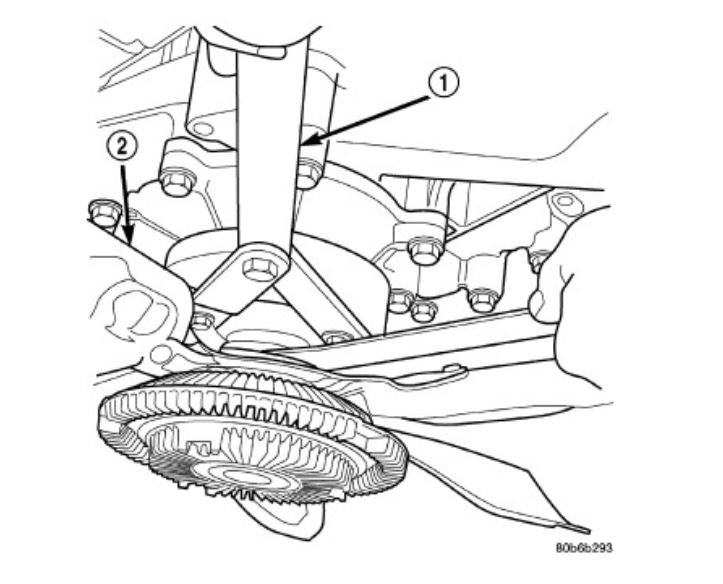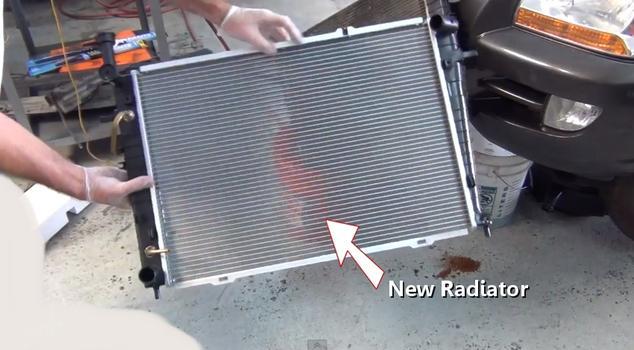Monday, August 27th, 2018 AT 4:13 AM
My truck (1500) has both an electric fan and the unit attached driven by the accessory belt. While driving at highway speeds the temperature stays in the normal range of 199-206 degrees, but as soon as I stop the temperature begins to rise. I can turn on the heater setting the fan on the high setting and the temperature will drop, long enough for me start moving again. It has gotten up to 220 and as I drove off the temperature would drop, but I would have expected the fan clutch to be fully engaged, but this was not the case. Also, I would have expected the electric fan to start even though the AC was not on as a sort of back up to the apparent failed belt driven fan, but the electric fan did not start either. Is it possible that the issue is simply a failed fan clutch and I am mistaken in thinking the electric fan? Which sit in front of the belt driven fan, should come on if the engine starts to overheat.



